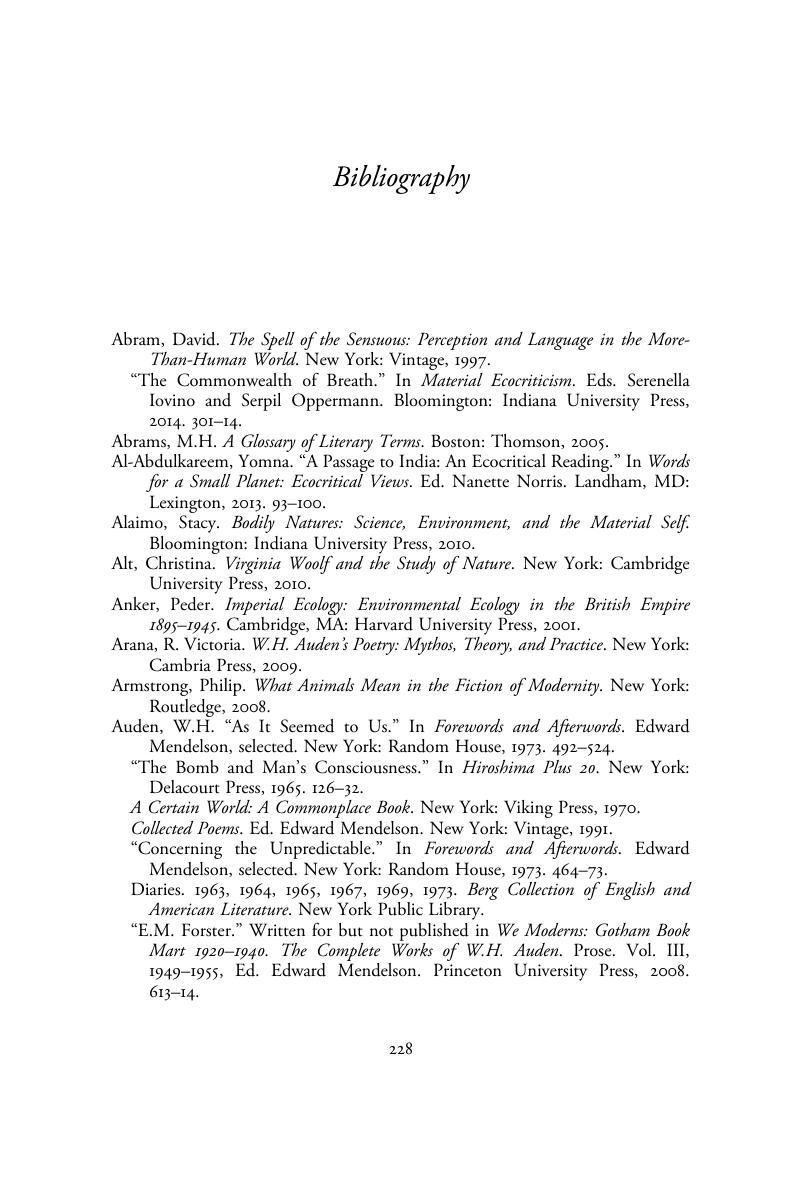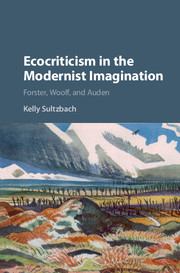Bibliography
Published online by Cambridge University Press: 05 August 2016
Summary

- Type
- Chapter
- Information
- Ecocriticism in the Modernist ImaginationForster, Woolf, and Auden, pp. 228 - 238Publisher: Cambridge University PressPrint publication year: 2016



